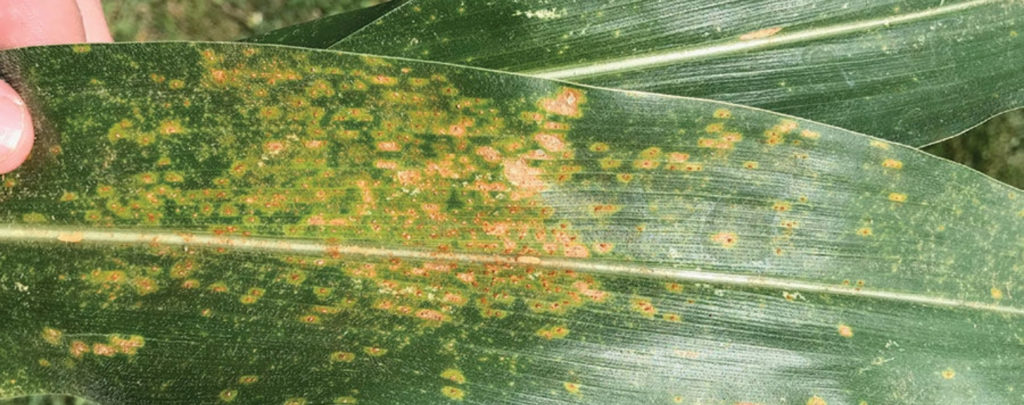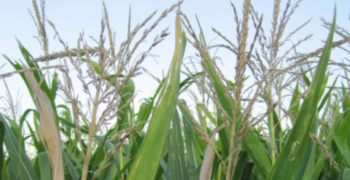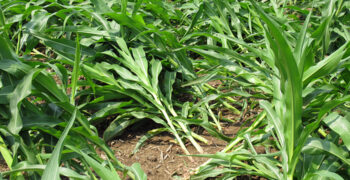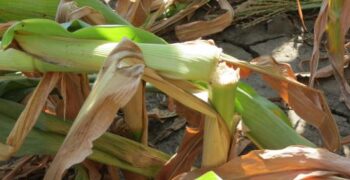Symptoms:
Southern Rust is caused by the fungus Puccinia polysora, it produces raised structures called pustules that are orange to light brown in color. They are typically circular to oval in shape and are 1/16 inch long. Black or chocolate colored pustules will also form around original pustules as the growing season progresses. Southern Rust can be confused with Common Rust, Eyespot, and Physoderma Brown Spot.
Lifecycle:
Southern Rust is very dependent on a host, meaning that it needs a living plant to survive. Spores are blown north by wind currents from the tropics and once they land on leaves, they can begin infecting leaves. Southern rust does require roughly 6 hours of a dew or adequate moisture to begin infecting leaves. Development of Southern Rust favors high humidity and temperatures around 80 degrees fahrenheit. The infection cycle will repeat itself when conditions are favorable, meaning it can spread extremely fast when conditions are right and can devastate yield potential.
Management:
- Most hybrids are susceptible to southern rust although there are a few that are resistant.
- Since the disease doesn’t overwinter, tillage or other cultural practices will not help.
- Fungicides have shown control over southern rust and can be sprayed to help manage the disease during a growing year.



